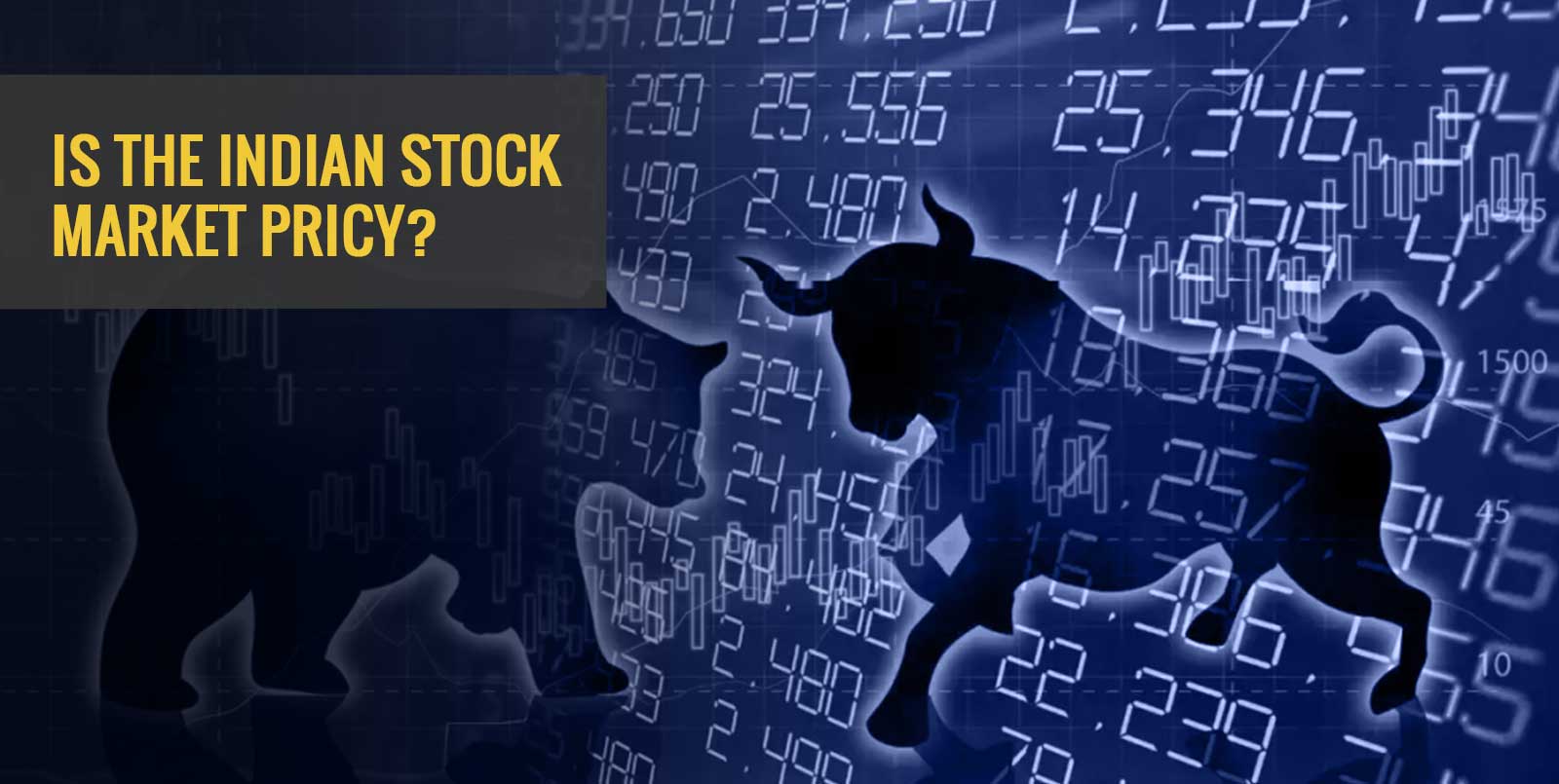

In a recent survey, we asked our investors if they think the Indian stock market is expensive. Sixty-five percent of investors said the Indian market is more expensive than the other emerging markets. So, we have decided to break it down to understand the real reasons. Here is our thought on expensiveness of Indian markets expensive.
But before we delve deeper into the topic, let’s look at the current unique market conditions.
The global market is currently going through a challenging phase with the looming danger of global recession. The inversion in the US 10-year and 2-year yield curve, indicators of the US recession probabilities, has sent the global market into a tailspin. With the rising concerns about the world economy, we need to determine if the Indian market is genuinely overvalued.
According to Trendline, NIFTY50’s 12-month trailing P/E ratio is at a one-month low close to 20.6. If we compare the same with historical data, the current valuation is still lower than the previous two-year and five-year average P/E ratio. It implies that there is valuation comfort at the domestic font.
However, if we look at the MSCI India index, it currently is 134% premium against the MSCI index of emerging markets. Historically, the MSCI India index has traded at a 62% premium against the MSCI emerging market. So, from foreign investors’ perspective, the Indian markets are expensive. It requires them to pay twice to buy an exchange-traded fund tracking the MSCI India against a similar product that follows the MSCI Emerging Market Index.
It can lead to foreign investors existing in the Indian market and cause foreign capital outflow. But there is no reason for domestic retail investors to panic since the possibilities of the same are remote. Let us explain why.
We believe foreign investors would remain invested in the Indian stock markets despite its premium cost. The reasons for the same are as follows.
Under the current market situation, the Indian economy is better placed on several parameters than its peers and developed economies. Despite the oil-price crash and inflation hike, the global rating companies have pegged India’s GDP growth rate at 7% for 2023. The RBI has also corroborated the same claim. So, the country’s economy will continue to achieve robust growth despite the chances of a global recession.
Secondly, depreciation in Indian currency against the US dollar is slower than other currencies like the Japanese Yen and UK Pound, both depreciating more than 20 percent since January 2022. Compared to that Rupee has declined only 10 percent. India has a solid foreign currency reserve which allows the central bank to cushion the economy and prevent the free fall of INR.
If you are an Indian investor, don’t worry about the overvaluation of Indian markets. For domestic investors, the market is comfortably priced. Keep faith in the country’s growth. The Indian economy is built on solid fundamentals, which will help it sail through a difficult time. If you are looking for stocks to invest, base your selection on the fundamentals of the individual business. Companies with a higher return on equities (RoE) and return on capital employed (RoCE) will trade at a premium. But it is still worth investing in them since they are strong companies with robust track records.
Disclaimer: “This blog is exclusively for educational purposes and does not provide any advice/tips on Investment or recommend buying and selling any stock.”
Published on: Nov 15, 2022, 6:59 PM IST
We're Live on WhatsApp! Join our channel for market insights & updates